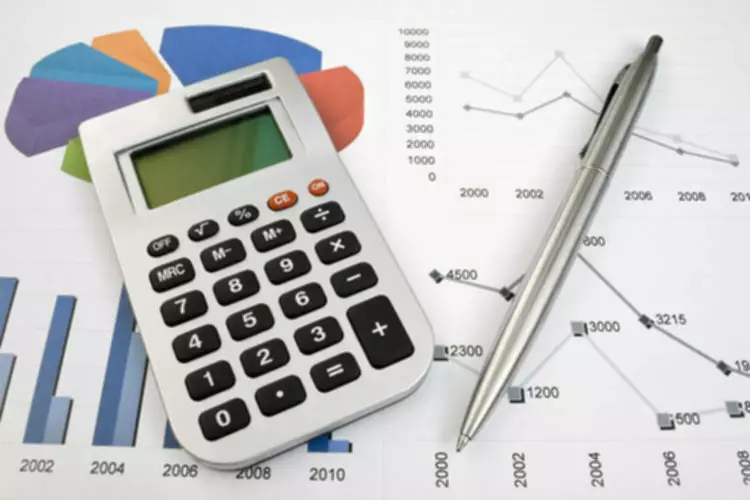
Garcia received her Master of Science in accountancy from San Diego State University. Determine the difference between the fair value and the book value of each asset and adjust the books of accounts accordingly.
- If the acquirer more than it is supposed ton pay for the target company, then it will be registered as positive goodwill.
- The book value of Leticia’s was $1.25 million, with a fair market value of $1.5 million, for a difference of $250,000.
- Determine the difference between the fair value and the book value of each asset and adjust the books of accounts accordingly.
- In this case, Goodwill was really just the aggregated total of profits from the given years.
- A company with a positive reputation as a result of this factor has a corresponding increase in its value.
- Goodwill can be divided into different types, based on what was acquired and how it was acquired.
In order to reflect the fair value, the subsidiary’s assets must be assessed and adjustments must be made by the acquiring company as part of the consolidation. Your final step would be to subtract the fair market adjustment, which is $250,000, from the excess purchase price. The next step is calculating the difference between the book value of assets and the fair market value. Goodwill accounting is most frequently used in the business valuation process when acquiring another business.
1 Goodwill Definition
To many investors, these positive associations carry a monetary value. Let us take another example of Company A, which plans to acquire Company B. The acquisition consideration is agreed at $90,000. Goodwill is the premium that is paid during the acquisition of a business. The price-to-book (P/B) ratio evaluates a firm’s market value relative to its book value. However, despite being intangible, goodwill is quantifiable and is a very important part of a company’s valuation. An impairment in accounting is a permanent reduction in the value of an asset to less than its carrying value.
MATRIX SERVICE CO Management’s Discussion and Analysis of Financial Condition and Results of Operations (form 10-K) – Marketscreener.com
MATRIX SERVICE CO Management’s Discussion and Analysis of Financial Condition and Results of Operations (form 10-K).
Posted: Tue, 11 Oct 2022 20:14:06 GMT [source]
This means that company X paid a $800,000 premium over its net identifiable assets to obtain its unidentified assets, which increased its earning power. The company’s net identifiable assets are $1.4 million minus $200,000, for a total of $1.2 million. Businesses are required to calculate goodwill annually to test for impairment, which is caused by the change in a business’s fair market value. Purchased goodwill means the business simply purchased the other company, which is generally the concept in business goodwill. Peggy James is an expert in accounting, corporate finance, and personal finance.
Goodwill
Goodwillis synonymous with reputation and in business that can be a huge asset for a company. The accounting term goodwill gives a way for companies to value their reputation in a monetary form. Though it’s important and can carry significant value, goodwill needs to be compared to other assets when determining a company’s value. Goodwill can be divided into different types, based on what was acquired and https://www.bookstime.com/ how it was acquired. It can also be broken down based on industry and can be referred to as business goodwill, practitioner goodwill, or practice goodwill. Once a business completes the purchase and acquires another business, the purchase is placed on the balance sheet. Goodwill is listed as a noncurrent asset on the balance sheet and is considered an intangible asset since it is not a physical object.

Valuation of goodwill at fair value is key for the buyer as well seller. As buyer may lose on great opportunity, and the seller may bear huge losses if goodwill is overvalued. Based in San Diego, Calif., Madison Garcia is a writer specializing in business topics.
Analysis and Interpretation
We therefore shall turn our attention to the second type of goodwill in this article, as our goal is to calculate then recognize it in financial statements. This results from a favorable attitude or good customer perception towards the business, thanks to its reputation for honesty, fair dealing, etc. within their trading activities. This type of goodwill always exists alongside with the operations of the business, whether or not it’s being sold or absorbed. Companies recording goodwill in their financial statements are required to review its value at least once a year, and record any impairments.
One reason for this is that goodwill involves factoring in estimates of future cash flows and other considerations that are not known what is goodwill at the time of the acquisition. Goodwill is an intangible asset that accounts for the excess purchase price of another company.
Goodwill for accounting purposes is calculated as the difference of Purchase price less Fair value . If the assets value is $100m and liabilities are $30m, the net fair value of the company is $70m. If the buying company pays $100, which is higher than fair value, the net $30m is recognized as goodwill.
- But referring to the intangible asset as being “created” is misleading – an accounting journal entry is created, but the intangible asset already exists.
- During a business acquisition, it’s therefore important to consider factors such as brand identity, customer relations, customer loyalty and staff satisfaction to ensure purchases are made at a fair price.
- It’s a measurement that shows the relationship between a company’s definitive assets and the power of its namesake.
- The nature of business implies the type of products a business/company, the level of competition in the market, the demand for the products, and the regulations that impact the business.
- Anderson is CPA, doctor of accounting, and an accounting and finance professor who has been working in the accounting and finance industries for more than 20 years.
- The two commonly used methods for testing impairments are the income approach and the market approach.
Next, calculate the Excess Purchase Price by taking the difference between the actual purchase price paid to acquire the target company and the Net Book Value of the company’s assets . The difference between the actual purchase price paid to acquire the target company and the net book value of the assets is the excess purchase price. The next step is to determine the fair value of the assets, also represents the value of a company’s assets when a subsidiary company’s financial statements are consolidated with a parent company. Under this method, the value of goodwill is equal to the average profits for a set time period. It’s calculated by multiplying the average profits by a certain number of years’ purchase. Goodwill is an intangible asset recorded when one company acquires another.
Determine the consideration the acquirer paid to the seller, this will form part of the deal contract. Valuing this consideration can be by a fair valuation method or the share-based payment method. The payment of consideration can take place in form of cash, stocks, or cash-in-kind. Although fair value is usually determined by the marketplace, there are several different methods you can use to calculate fair value, including an assessment of the asset’s discounted cash flows. Obtain the book value of the assets, including the business’s fixed assets, intangible assets, current assets, and non-current assets. According to both GAAP and IFRS, goodwill is an intangible asset which has an indefinite life.

In short, goodwill can be seen as the difference between the purchase price and the fair market value of a company’s identifiable assets and liabilities. Super Profit is the excess of the average profit over the normal profit. Goodwill is calculated by multiplying the super profit with the agreed number of years’ purchase. Some organisation earns more profit than other organisation from the capital investment in the organisation. Normal return is the percentage of capital employed of profit earned by a similar type of business.